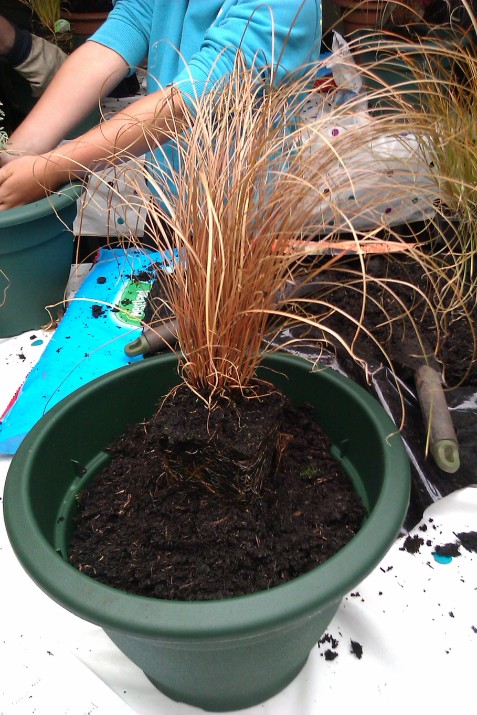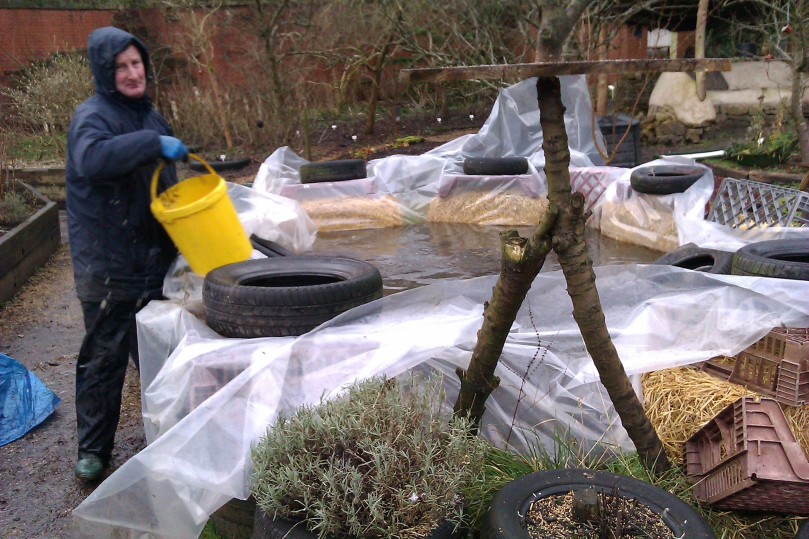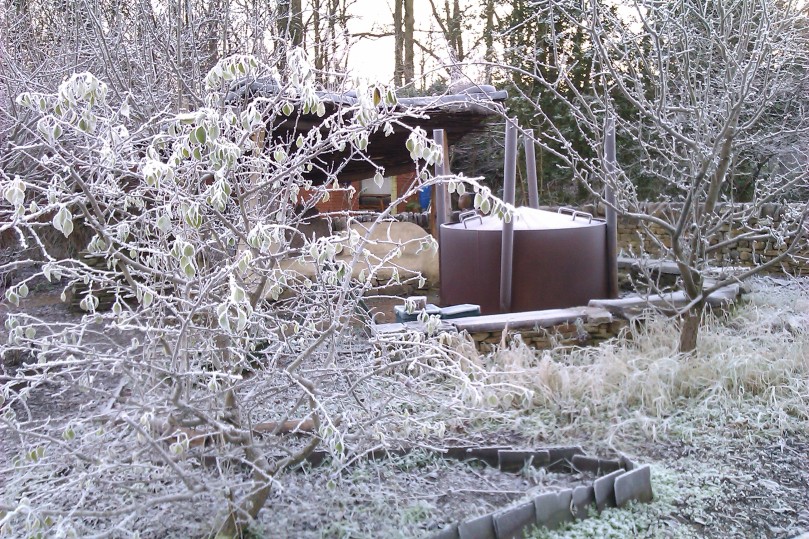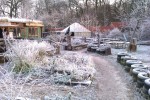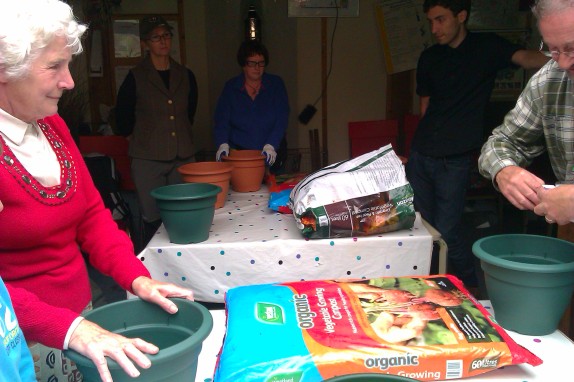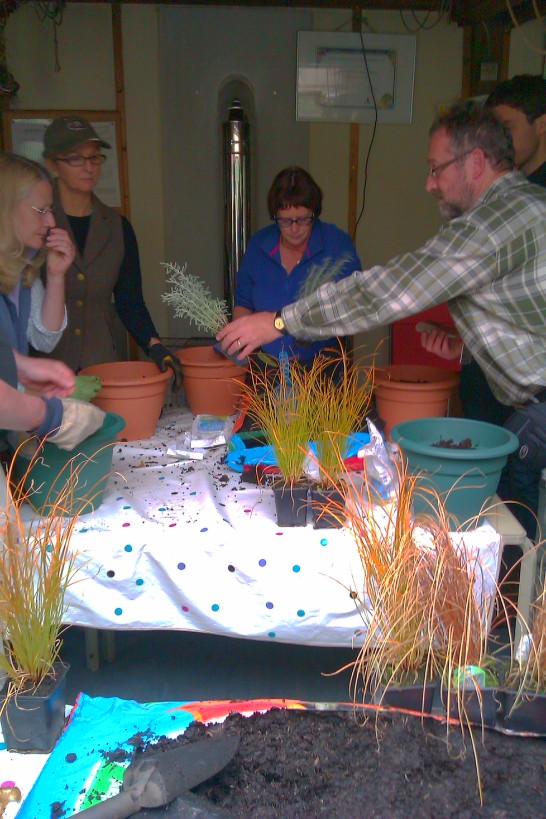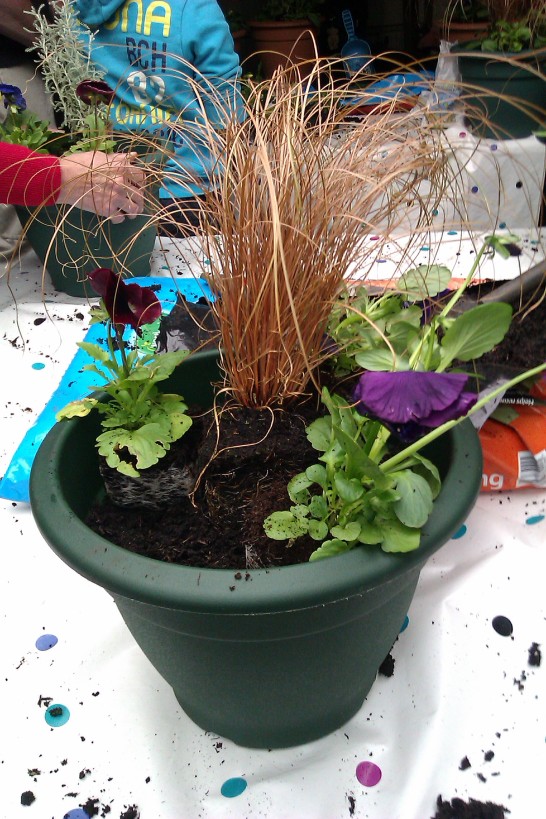Here is a video about the bees in the borough project in Burnley. It outlines the main aims of the project -to establish a thriving population of British native honeybees, expand the forage acreage for honey bees, train people in the skills of beekeeping, raise awareness of the plight of honey bees in general, establish nucleus colonies of native honeybees for local people and create and establish a nursery production of bee forage plants. It explains how the boundaries of the Bees in the Borough Project are dictated by a belt of high moorland surrounding the Burnley and Pendle area, thereby isolating our bees from those in the surrounding areas.
Tag: gardening
winter challenges and rewards
This winter has had its share of challenges and rewards at offshoots.
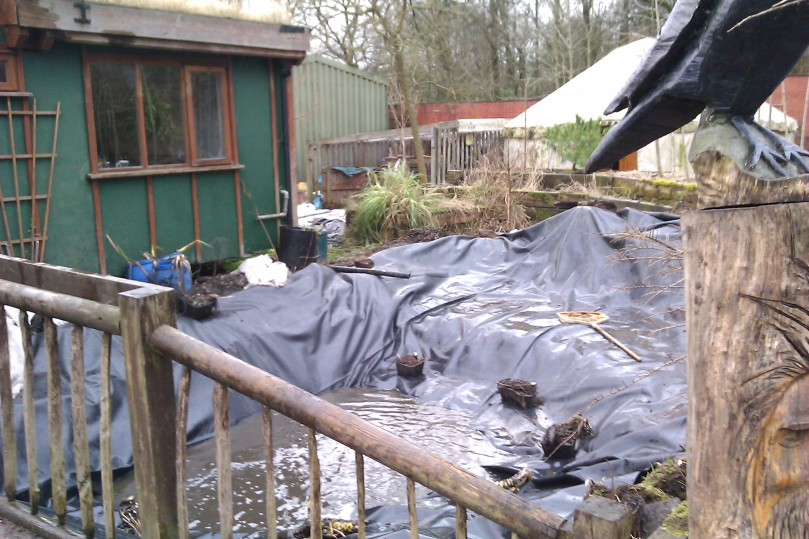
The pond in front of the Walter Segal building sprung a leak and needed emptying, relining and refilling. It was challenging for the volunteers to do this and preserve the habitat ready for the frogs – the frost made it even more so! The water was emptied bucket by bucket into a temporary container made from straw bails and a plastic sheet.
The rewards for the volunteers hard work? Winter harvest vegetables!
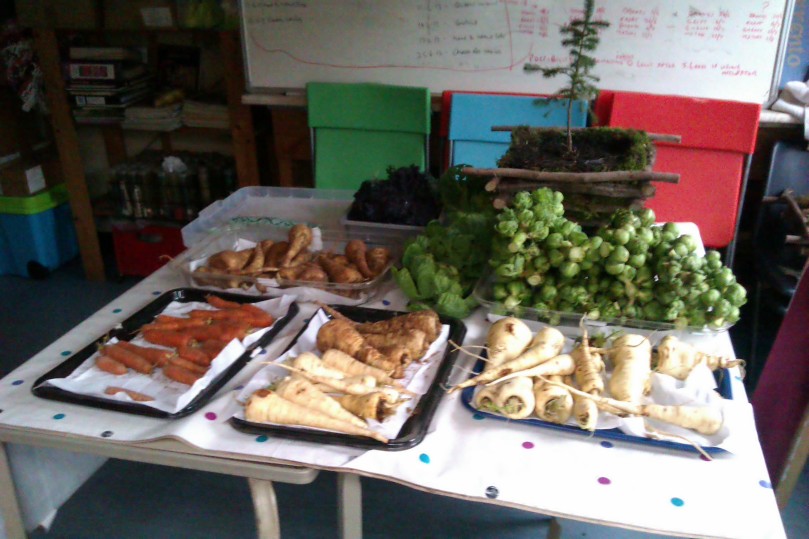
A Frosty Xmas Volunteer Wednesday
Why join a beekeeping association?
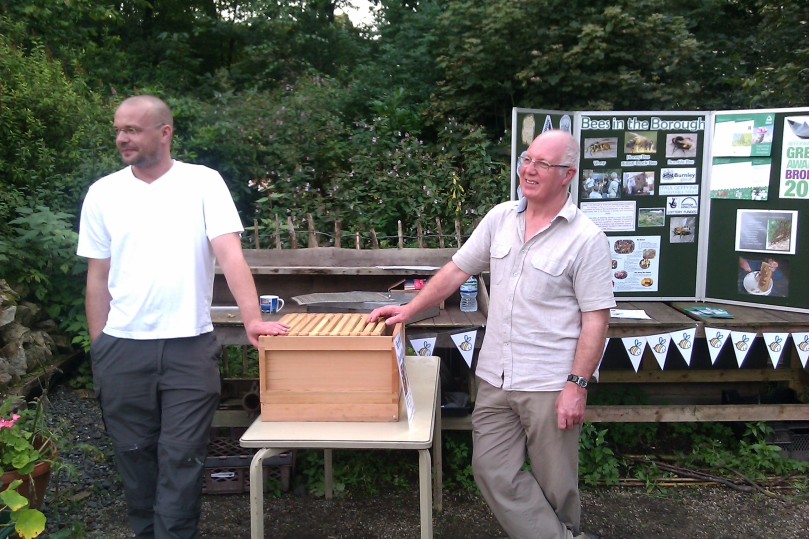
One of the main aims for the Bees in the borough project is to encourage people to start bee keeping, to educate new beekeepers and to encourage them to join there local beekeeping association. This blog post about beekeeping and aromatherapy in London explains why this is so important ….. Why join a beekeeping association?. ……couldn’t of put it any better myself! This is very much in keeping with the ethos of the British Beekeeping Association (BBKA) and the bees in the borough project.
Bees in the Borough
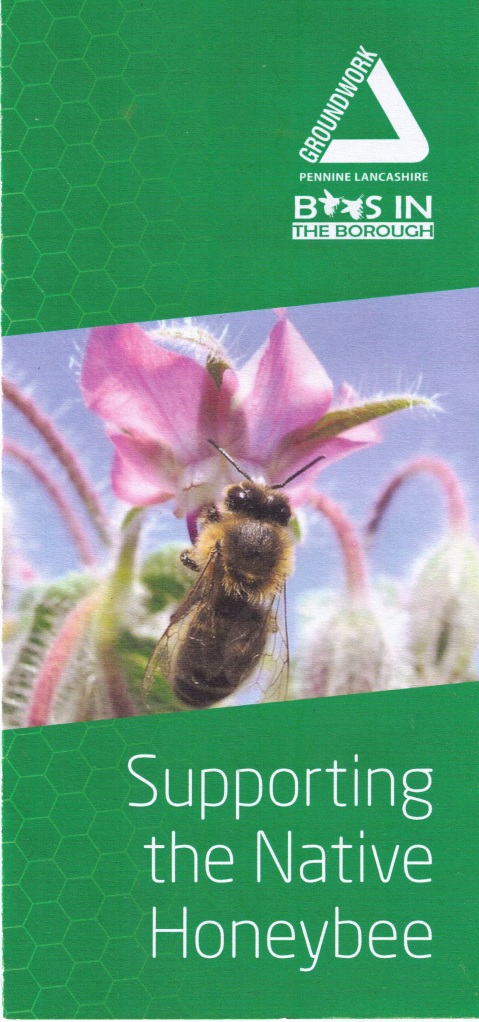
This is the leaflet for the bees in the borough Introduction to Beekeeping course taught by David Rayner that I attended. It was a six day course covering, the importance of beekeeping, the colony, the beekeeping year, pests and disease, forage and bee products, history, swarm control, queen rearing and getting started with bee keeping the course also contained a practical session that involved examining a bee hive. This leaflet describes what the bees in the borough course is and why it is so important.
Bees in the Borough Project Information:
” In early 2011, Offshoots Permaculture Project, situated in the walled garden of Towneley Park, Burnley was awarded a grant from the ‘Heritage Lottery Fund’ and the ‘John Paul Getty Foundation’ to focus on the re-introduction of the British native honeybee to the Borough of Burnley and surrounding areas. Offshoots has kept bees and delivered beekeeping training on site for over 9 years.
During that period, an alarming decline in honeybee colonies has been reported widely in the international press. Although no conclusive evidence has yet been published to establish the cause of this decline, there is a growing body of scientific opinion supporting the reduced genetic variation in bee colonies worldwide as a key factor. Therefore we believe that it is critically important to provide a local heritage solution to the serious threats faced by honeybee colonies.
Bees in the Borough is a practical and educational programme of reintroduction of our native honeybee and will highlight the heritage of this highly threatened indigenous bee species. The Project will aim to establish a thriving population of British native honeybees, expand the forage acreage for honey bees, train people in the skills of beekeeping, raise awareness of the plight of honey bees in general, establish nucleus colonies of native honeybees for local people and create and establish a nursery production of bee forage plants.
The overall aim of the Bees in the Borough project is to establish a thriving population of our British native honeybee, which is currently under threat of extinction, within the local area. This will be done by a programme of queen rearing, colony establishment and training. The boundaries of the Bees in the Borough Project are dictated by a belt of high moorland surrounding the Burnley and Pendle area, thereby isolating our bees from those in the surrounding areas. This means we can aim to improve the quality of our bees by a programme of selective breeding of the native honeybee, providing we do not import foreign bees.
The British native honeybee is now included on the ‘Lancashire Biodiversity Action Plan’ species. This work was initially started by Bill Ainsworth and Arthur Bickerstaffe, local beekeepers, under the heading of ‘Black Bees in Pendle’. We are proud to take up the banner and continue this important work.
The Latin name of the British native honeybee is Apis mellifera mellifera. This honeybee is of a dark brown colour, almost black, and more adapted to survival in our cold, wet climate. In the early years of the 20th century, the British honeybees were decimated by a disease known as the Isle of Wight Disease (IOWD). Such was the impact of the IOWD that beekeepers believed our native species to be extinct. Beekeepers wanted to replace stock rapidly, so imported honeybees were brought in from around the world, mainly the Italian honeybee (Apis mellifera ligustica). However, recent DNA-based research at the University of Copenhagen confirms that the native honeybee continues to survive in Britain. Through surveys conducted, there are known pockets of native honeybees throughout Britain. British native honeybees are more suited to our environment, are gentler in nature to work with, and are more frugal with their honey stores through the winter months. “
If you are interested in attending a beekeeping course at offshoots there is a copy of the bees in the borough 1 day training flyer in a previous post – It is very much an interesting course, and David Rayner is very knowledgeable teacher – I strongly recommend it!
A Container Gardening Course at Offshoots
Last Wednesday I attended a short container gardening course at offshoots. We learned a little about the advantages of container gardening and what is required to achieve a flourishing container garden.
A container could be a pot, an old belfast sink or even a plastic grow bag. There good for growing potatoes, Bonsai, herbs, fruit trees, lavender, shrubs and more. One advantage of planting in containers is that it restricts the growth of a plants roots. Restricting root growth can be useful for stopping invasive plants from spreading, also restricting the roots can restrict the growth of the plant, this can be useful when making miniatures, such as bonsai . Another major advantage is that containers can be moved easily. This is beneficial because plants can be moved into the shade in intense heat and can be relocated indoors in a frost. Container plants can also be used for screening and containers also offer some protection against pests. Containers can be easily placed on top of concrete in urban areas. Earlier in the year offshoots assisted groundwork with a display at Hampton court and Tatum Park to show how containers and raised beds can be used to reinvigorate urban areas, but I’ll talk about that in another post.
A disadvantage of planting in containers is that the restricted volume of soil can become dry making frequent watering necessary. The problem then is that intensive watering can wash vital nutrients from the soil. For this reason good quality compost is required for containers. Compost must retain moisture but must be well aerated and well drained. A good container compost should contain vermiculite, bark or coir fiber or some other moisture retainer – but not peat! this is permaculture gardening! An organic fertilizer, rich in potassium and nitrogen can replenish lost nutrients.
After learning a bit about container planting we then went on to plant our own container. First we planted minature tete-a-tete and canaliculatus daffodil bulbs and covered them with compost then we planted either carex bronzeta – a type of sedge, or Santolina chamaecyparissus as a center piece, and placed pansies, heather and ivy around the center piece.
